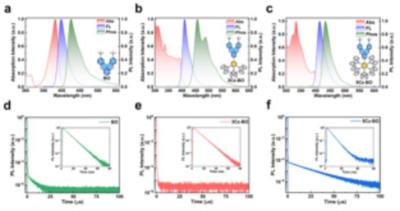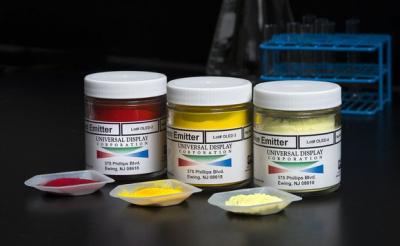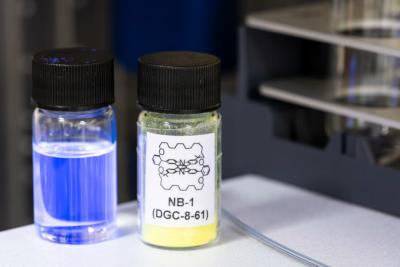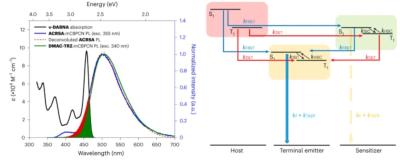DSCC: the OLED materials market to grow 24% in 2024, will reach $2.7 billion by 2028
DSCC says that the OLED materials market will reach $2.12 billion in 2024, rising 24% over 2023. The market will continue growing at a 6% CAGR until 2028, reaching about $2.7 billion. DSCC details the revenue split between single-stack, tandem and multi-stack panels, saying that materials used in tandem OLED panels will grow at a fast rate of 30% CAGR from 2024-2028.
The leading materials makers by revenue in 2024 will be UDC, DuPont, LG Chemical and Samsung SDI, holding a market share of 51% together. DSCC says that Chinese materials makers will increase their market share in the future.







 Now there's a new report in Korea that claims that UDC's blue PHOLED project is facing technical challenges, and UDC is still not able to achieve a long-lasting blue emitter at the right color point. It will be interesting to know whether UDC addresses this issue in its next investor conference call (May 2nd).
Now there's a new report in Korea that claims that UDC's blue PHOLED project is facing technical challenges, and UDC is still not able to achieve a long-lasting blue emitter at the right color point. It will be interesting to know whether UDC addresses this issue in its next investor conference call (May 2nd). 



